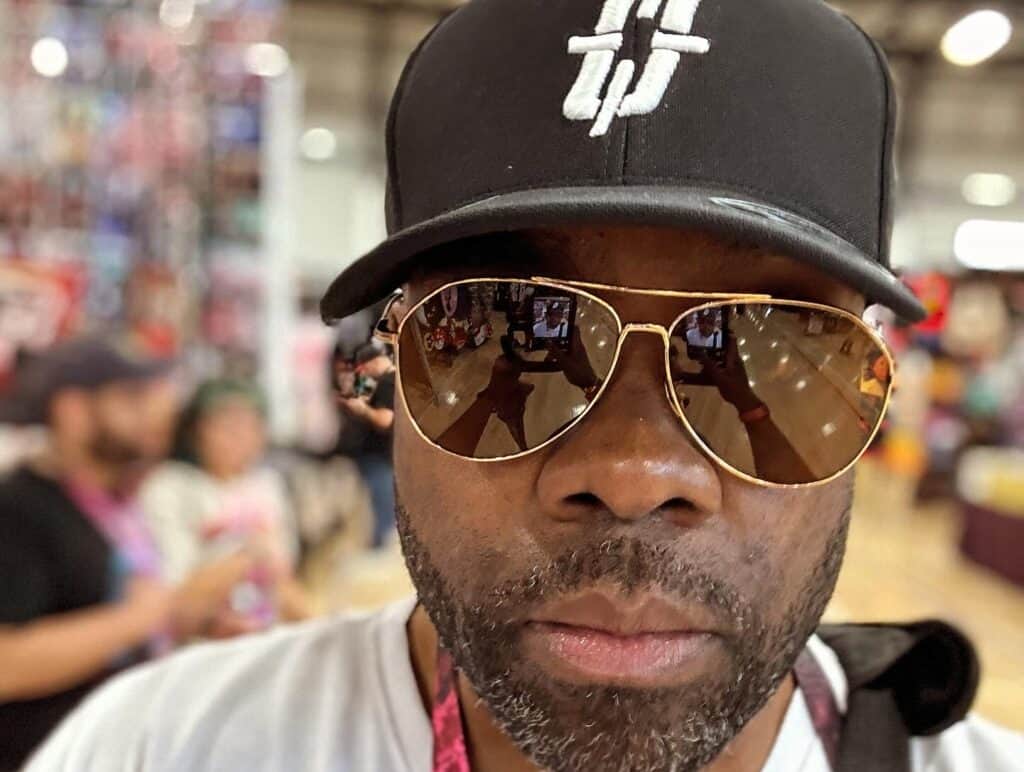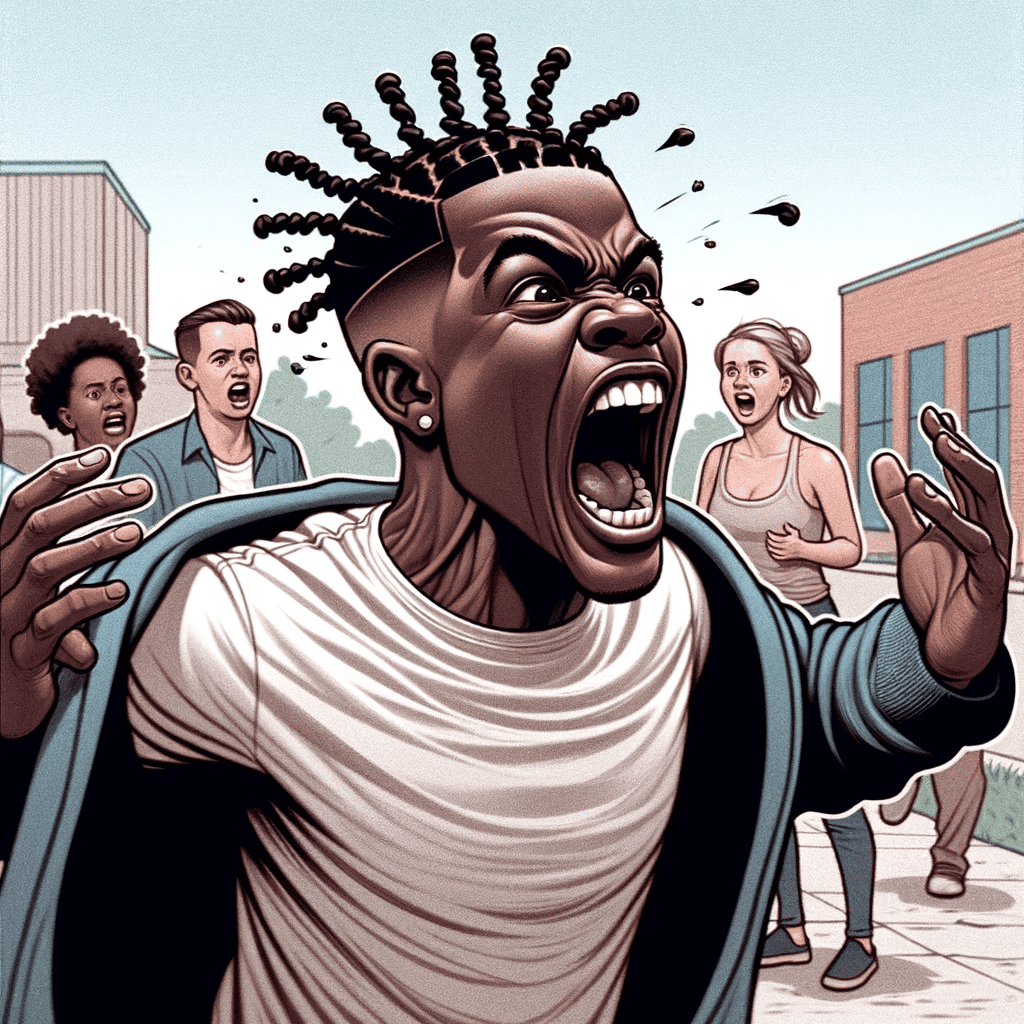In the complex tapestry of human behavior, one pattern that often emerges is the tendency of some individuals, particularly men, to create public scenes with those who are peacefully minding their own business. This behavior, far from being a sign of strength or dominance, often masks deep-rooted insecurities. By unraveling the psychological underpinnings of such actions, we gain insights into not only why these scenes occur but also how they speak volumes about the internal struggles of the individuals who instigate them.
The Need for Control and Dominance
Insecurity can manifest in various forms, one of which is the need for control. This need often stems from a sense of inadequacy in other areas of life. When a man feels powerless or inadequate, he may attempt to assert dominance in public settings as a way to compensate. This behavior is akin to a facade, a superficial display of power to mask feelings of powerlessness.
Projection of Internal Conflicts
Insecurity is often accompanied by a turmoil of internal conflicts related to self-esteem and self-worth. When an insecure man creates a scene with a peaceful individual, he might be projecting his internal conflicts onto that person. This externalization is a defense mechanism, a way to avoid facing his own inner struggles and insecurities.
Fear of Vulnerability
Another aspect of this behavior is the fear of vulnerability. Vulnerability requires openness and honesty, which can be challenging for someone grappling with insecurities. By focusing attention on someone else, particularly in a confrontational manner, the insecure individual avoids exposing his own vulnerabilities and weaknesses.
Emotional Regulation and Masculinity
Insecure men often struggle with emotional regulation. Societal pressures and stereotypes about masculinity can exacerbate this struggle, leading some to believe that aggression is a way to assert masculinity. This misconception can be particularly damaging, as it not only affects the individual’s behavior but also impacts those around him.
Seeking Validation and Attention
An underlying craving for attention and validation can also drive this behavior. Insecure individuals might feel unseen or unimportant, and creating a scene can be a misguided attempt to gain recognition. Unfortunately, this often results in negative attention, which can further reinforce feelings of inadequacy.
Empathy and Understanding
A lack of empathy is also a contributing factor. Insecurity can cloud one’s ability to empathize with others, leading to a focus on personal needs or perceptions at the expense of others’ feelings. This lack of understanding can result in actions that are hurtful or disrespectful to those who are simply trying to maintain peace.
Influence of Past Experiences
Past experiences, particularly those involving conflict or confrontation, play a significant role in shaping responses to current situations. An insecure man might be unconsciously replaying past scenarios, reacting to the present in ways that are disproportionate or inappropriate.
The Takeaways
The act of publicly trying to make a scene with someone who is peaceful is more than just a social faux pas; it is a window into the psychological state of the individual causing the disturbance. These actions often stem from a complex interplay of insecurities, fears, and unmet emotional needs. Understanding these psychological factors is crucial, not only for those who find themselves on the receiving end of such behavior but also for the individuals displaying them. Addressing these insecurities through supportive networks, counseling, or therapy can lead to personal growth, healthier coping mechanisms, and more respectful interpersonal relationships.
In a world where mental health is increasingly gaining recognition, such insights are invaluable. They remind us that behavior is often a reflection of internal struggles and that empathy, understanding, and support can go a long way in fostering healthier communities and individuals.

